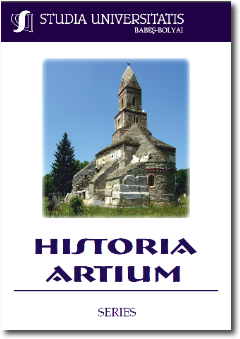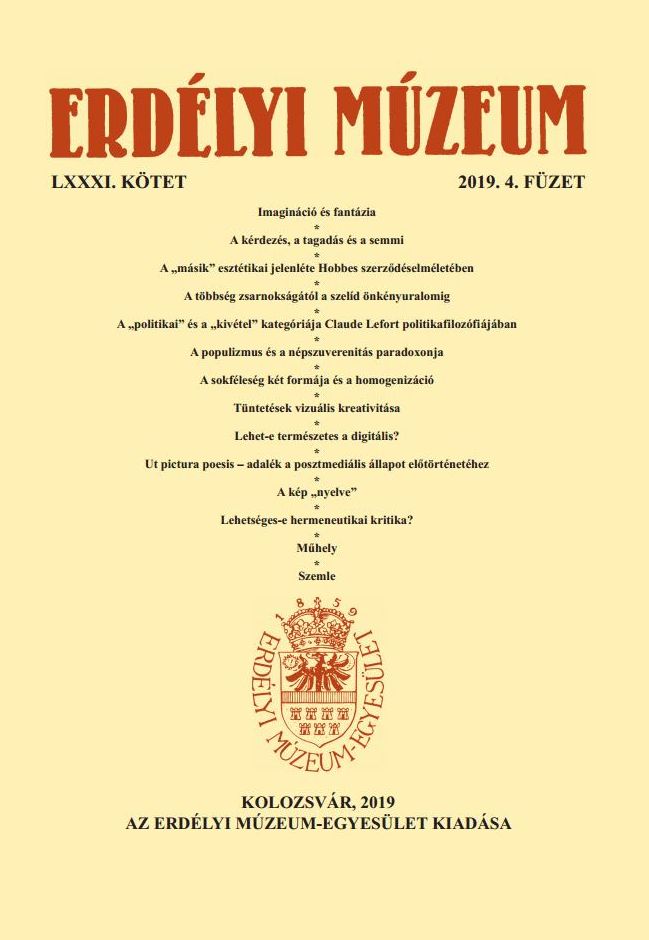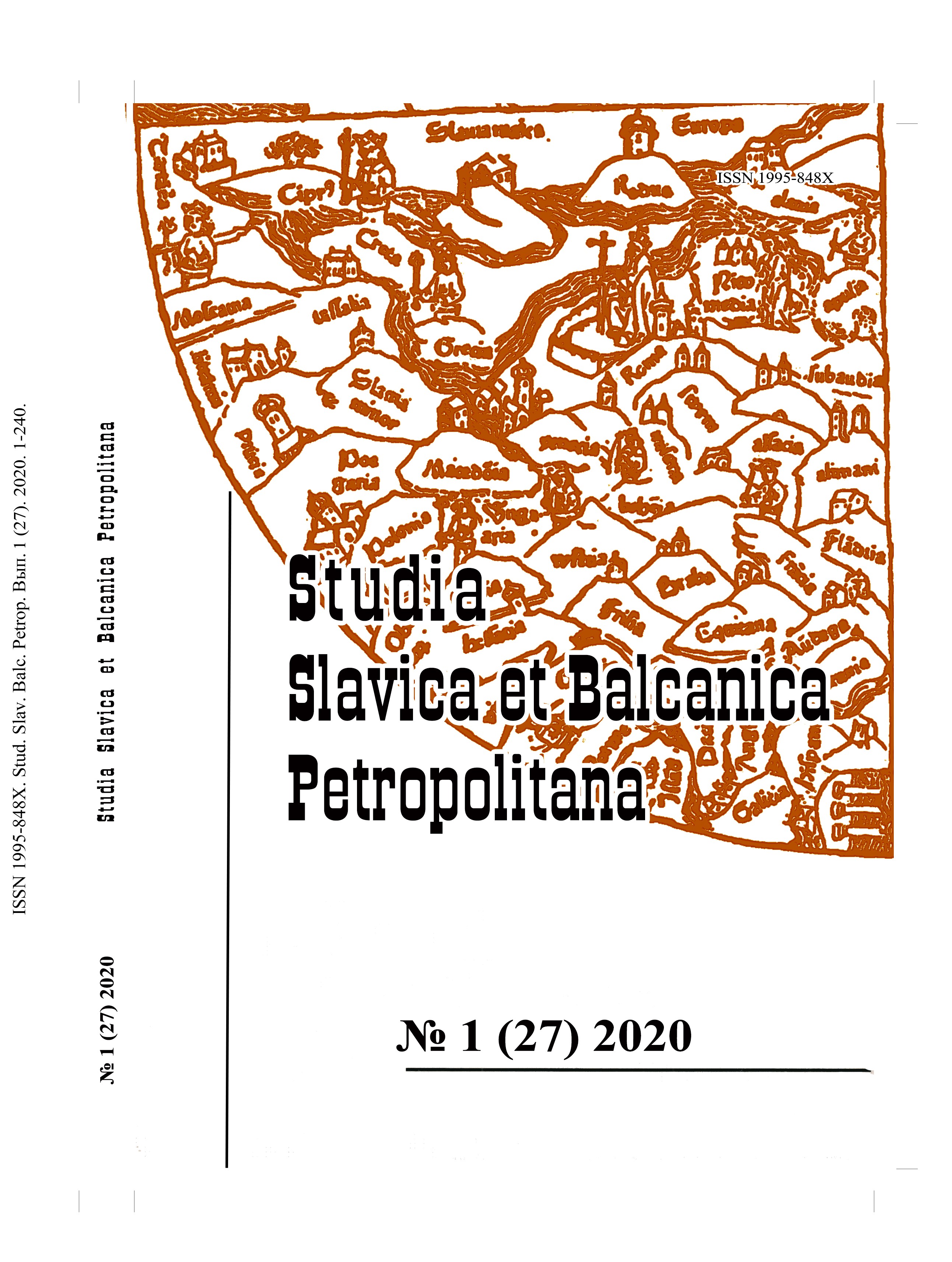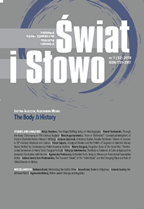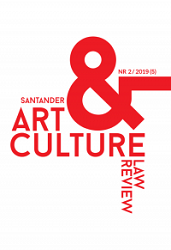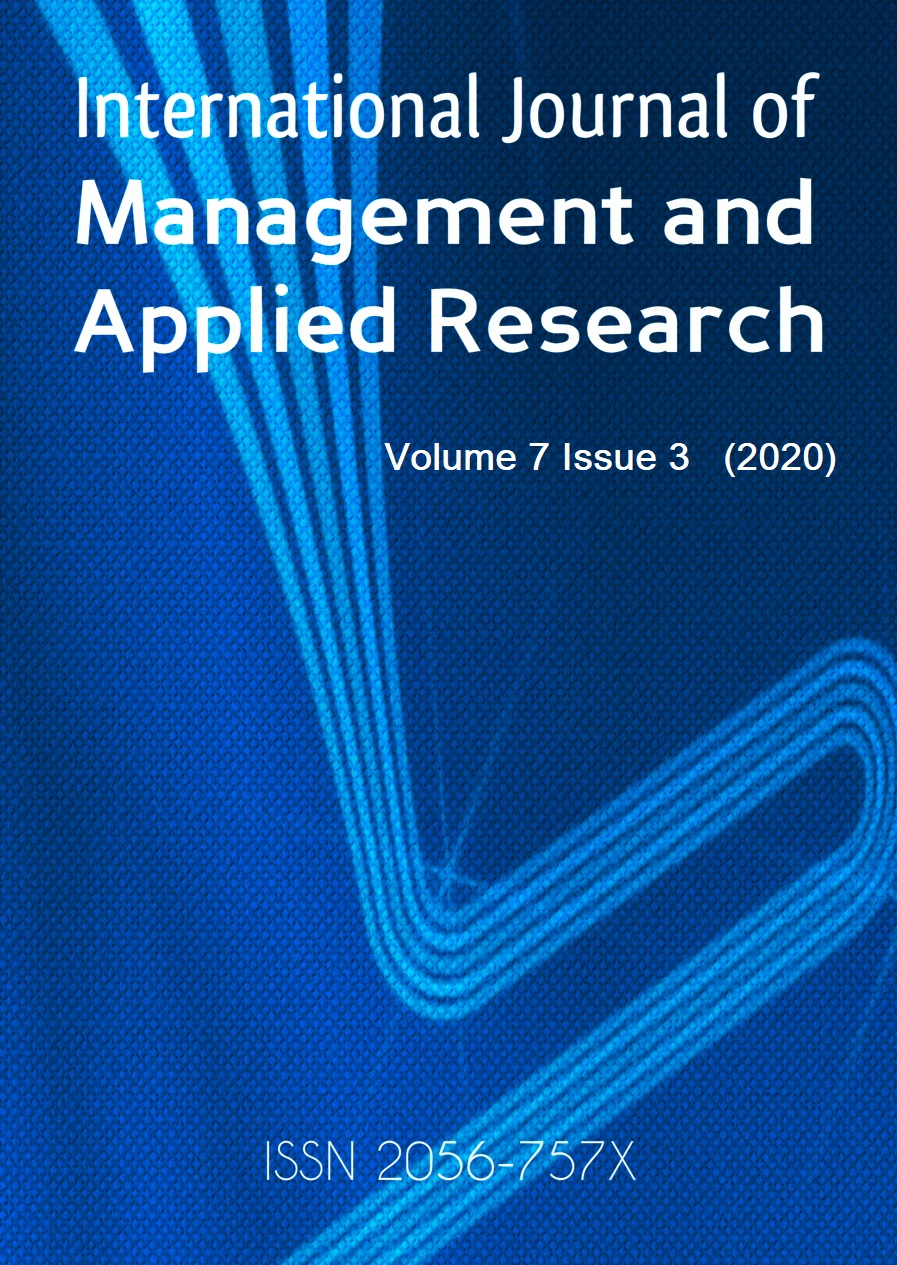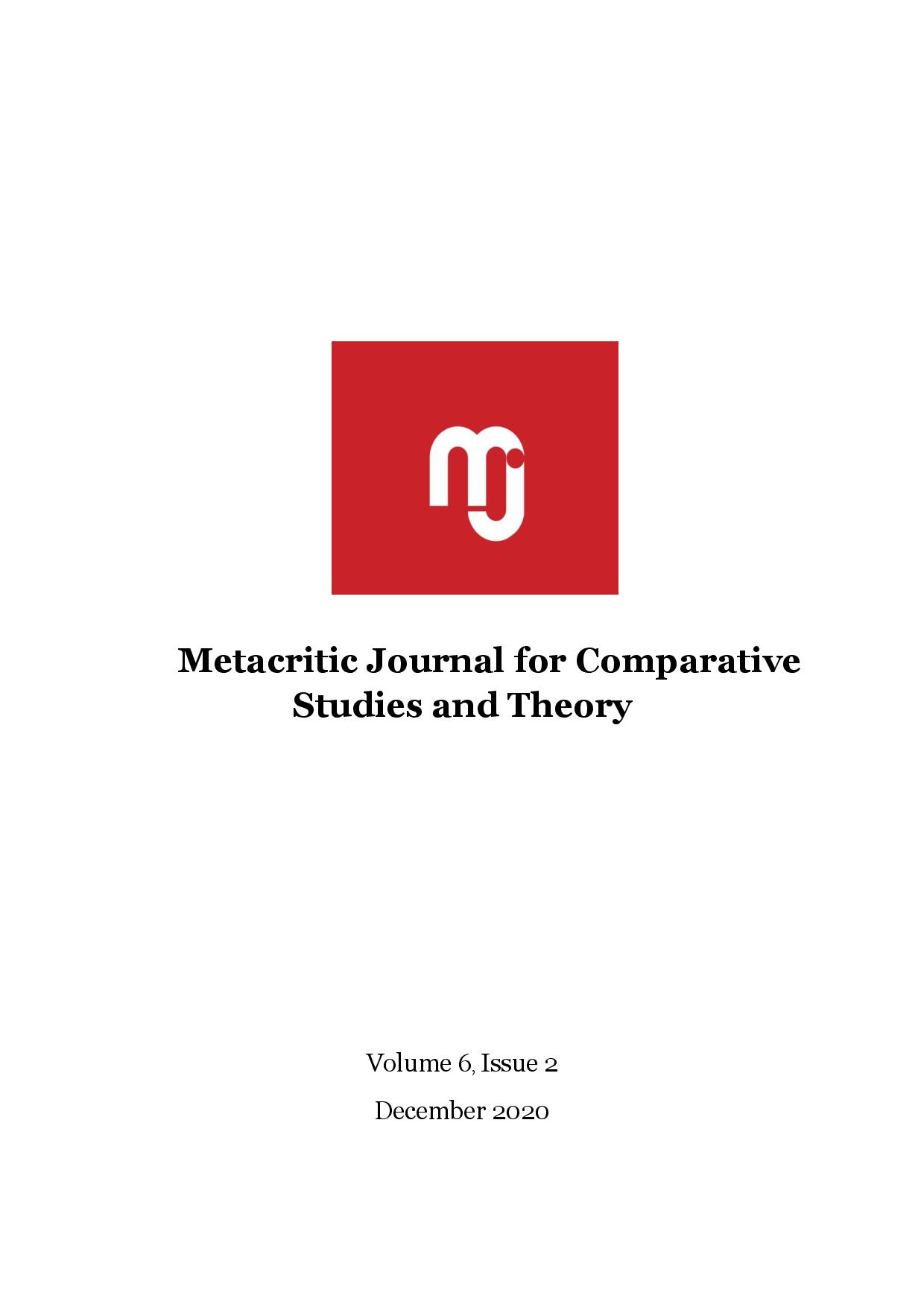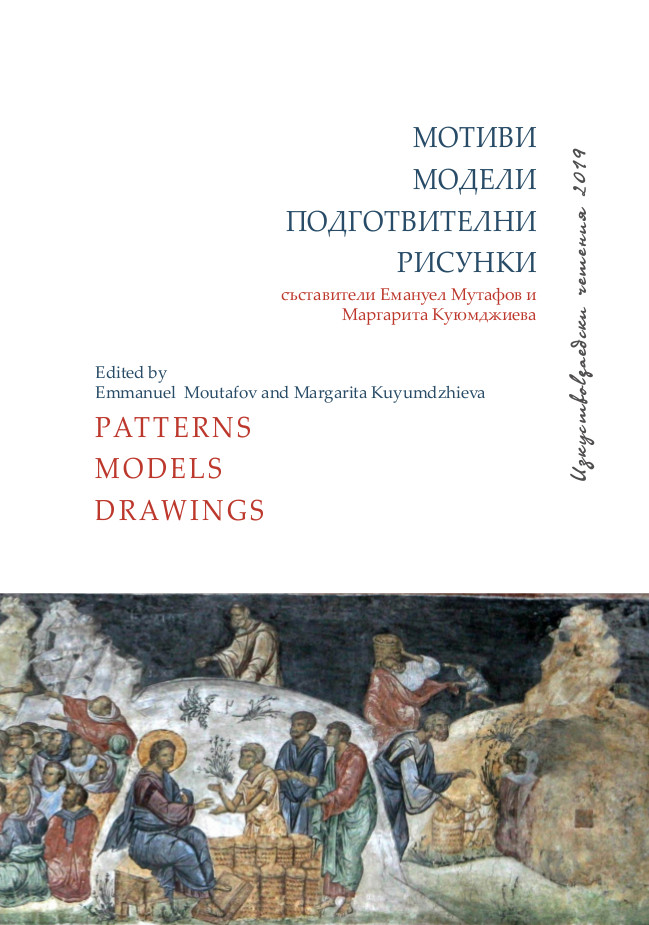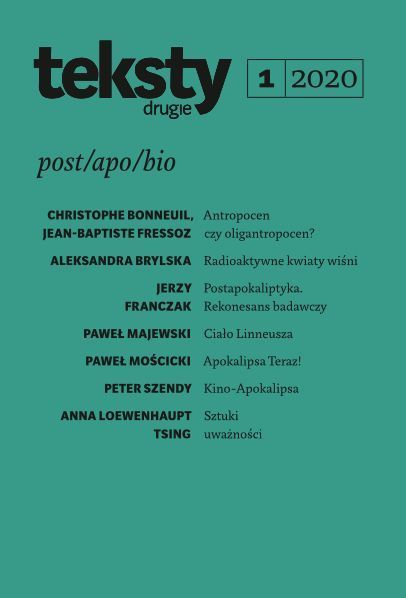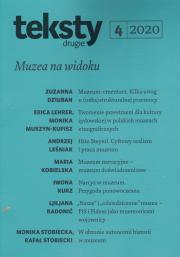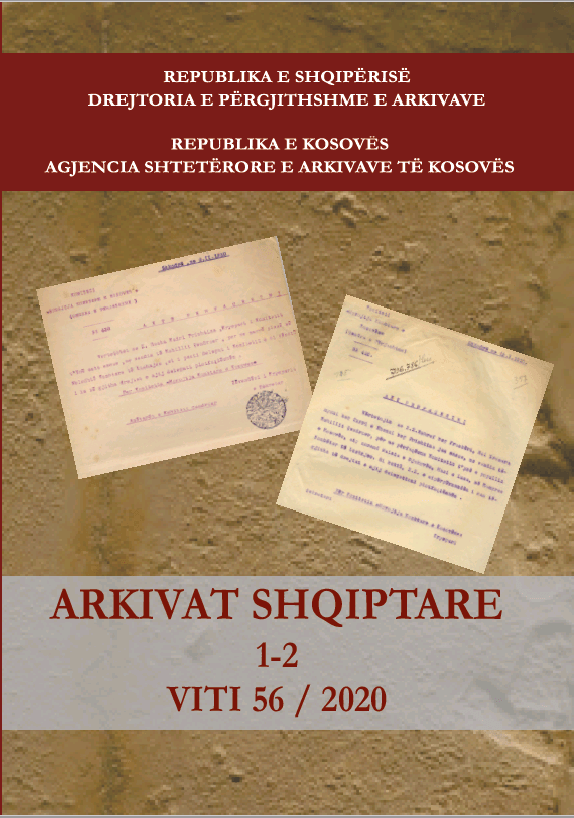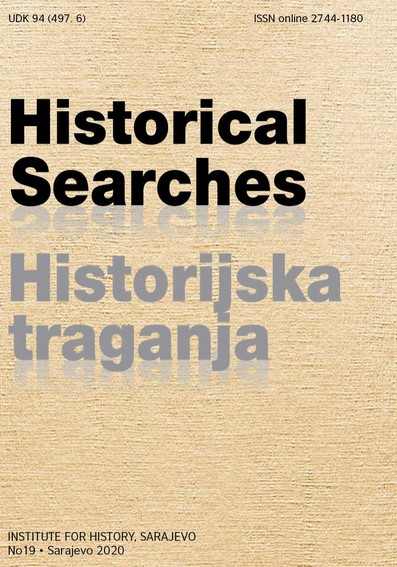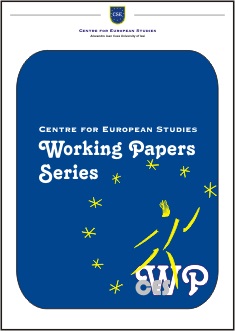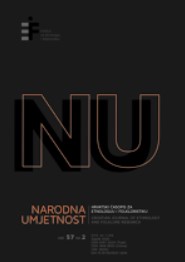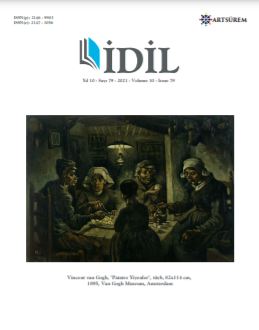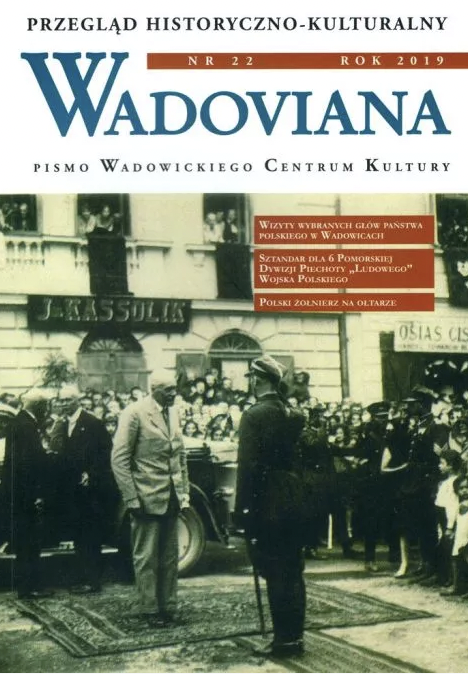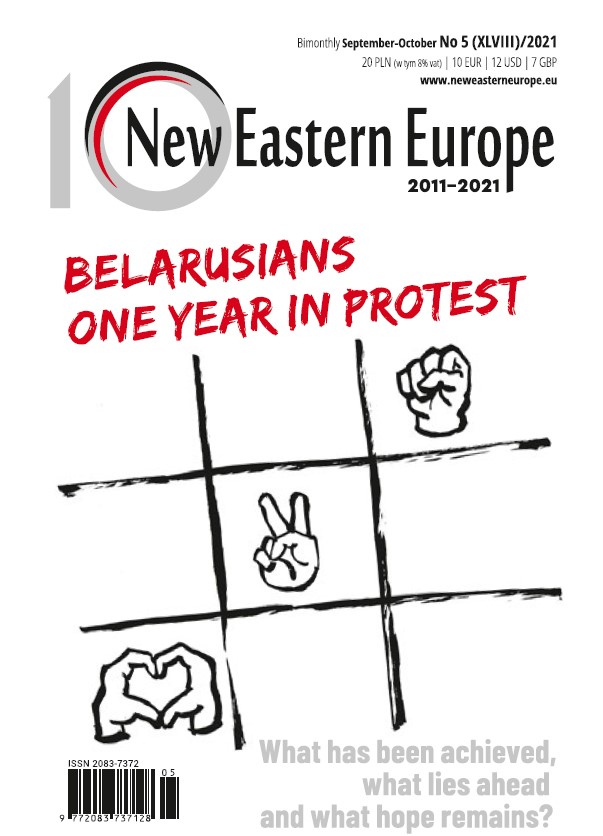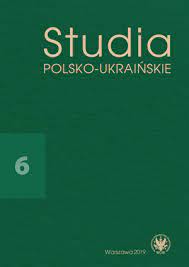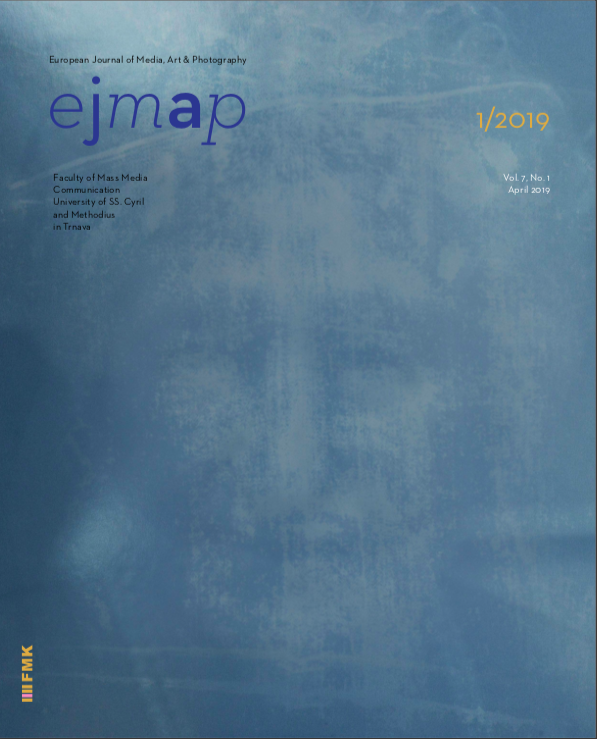
Jozef Sedlák - A photographer of lively faith
The interview focuses on opinions of the photographer, lecturer, and Assistant Professor Jozef Sedlák. Last year, on the occasion of his 60th birthday, the photographer organized a recapitulatory author exhibition. The interview discusses the photographer’s creative concepts, his approach to photography as a medium, and it also comprises the function of photography in society. One of the topics he deals with from a long-term perspective is social documentary. However, the photographer deals in parallel with staged figurative photography, later on with the conceptual pictures. Each of his documentary photographs captures an event that articulates anonymous personae connected by momentary chance and situations. The author presents his authorial philosophy and stances to work with the medium of analogue photography. The practical experience and theoretical philosophy of Jozef Sedlák reflect his opinion and ideas regarding theoretical questions, such as the sense of family tradition, allusive warnings on evaluation and societal ladder, the need for lively humanistic tradition, decoding of developing and current tendencies in art, questioning the autonomy of photography, relationship patterns of artists and theoreticians, the necessity of critical thinking development among students and the continuity of an artist’s and creator’s life. The given interview declares the author ́s strong concept of creativity and provides an evaluating perspective of an influential figure in Slovak photography. The interview focuses on the author’s less presented productions. The same as with his other outputs, they have a certain mysterious depth and timelessness. This part of his production may reveal the personality of Jozef Sedlák, as a photographer in a broader context. It will be definitely interesting to have a look together with the author beneath the surface of the medium of photography, but especially, I dare to say, beneath the surface and thus into the depth of the author ́s intentions as a photographer, educationalist and last but not least a truly faithful person.
More...
